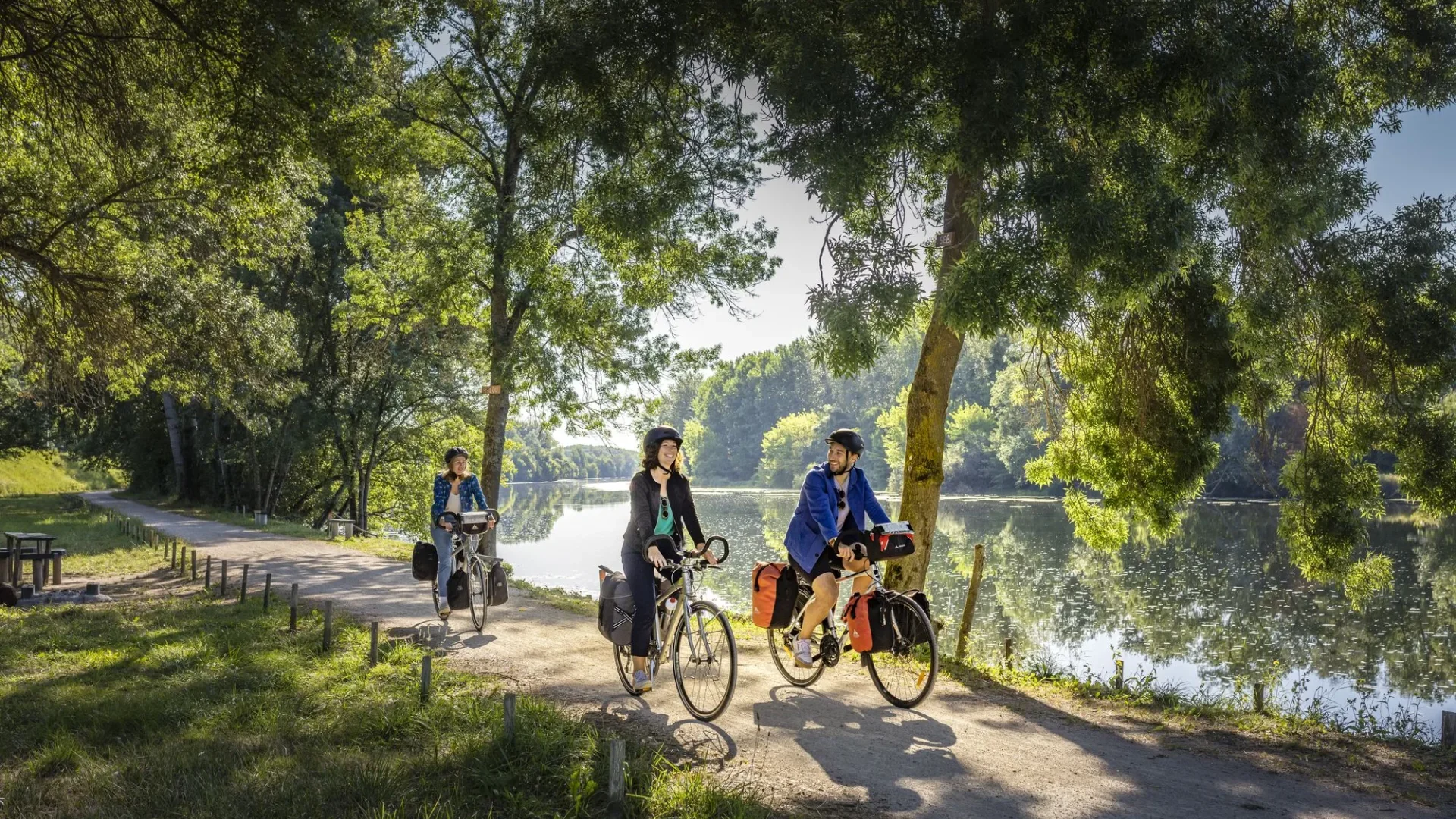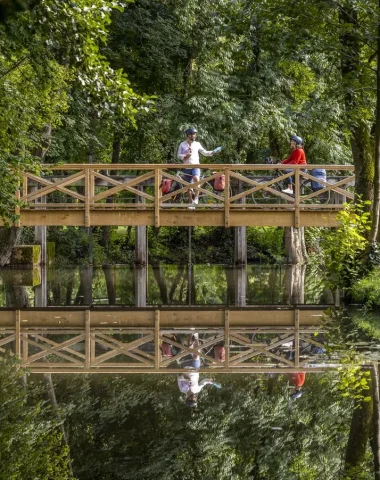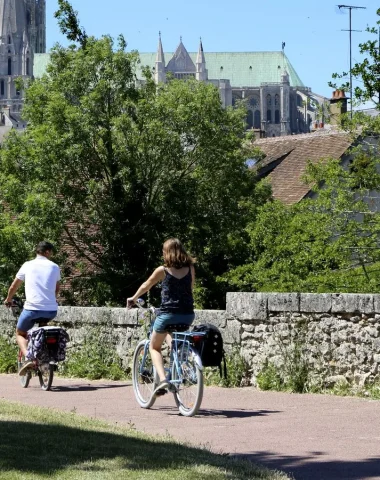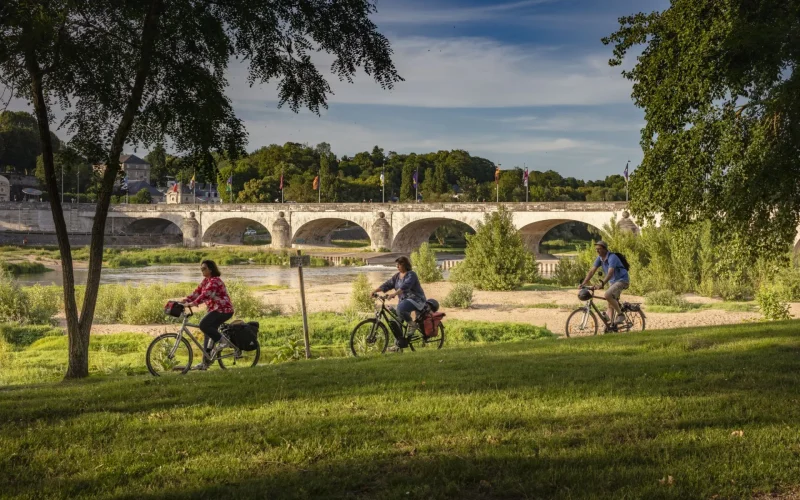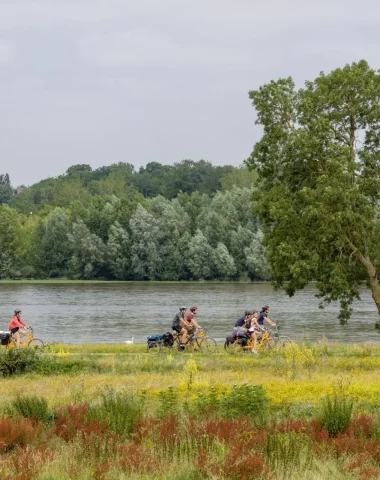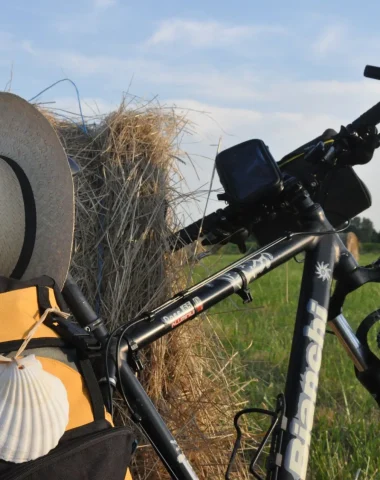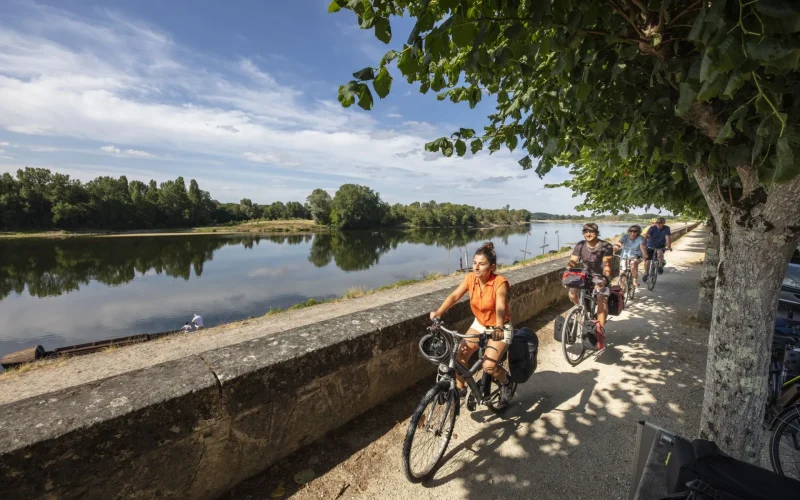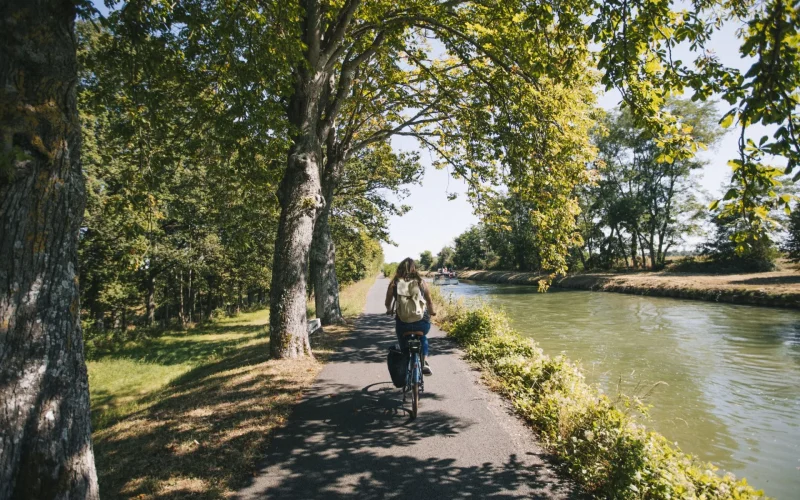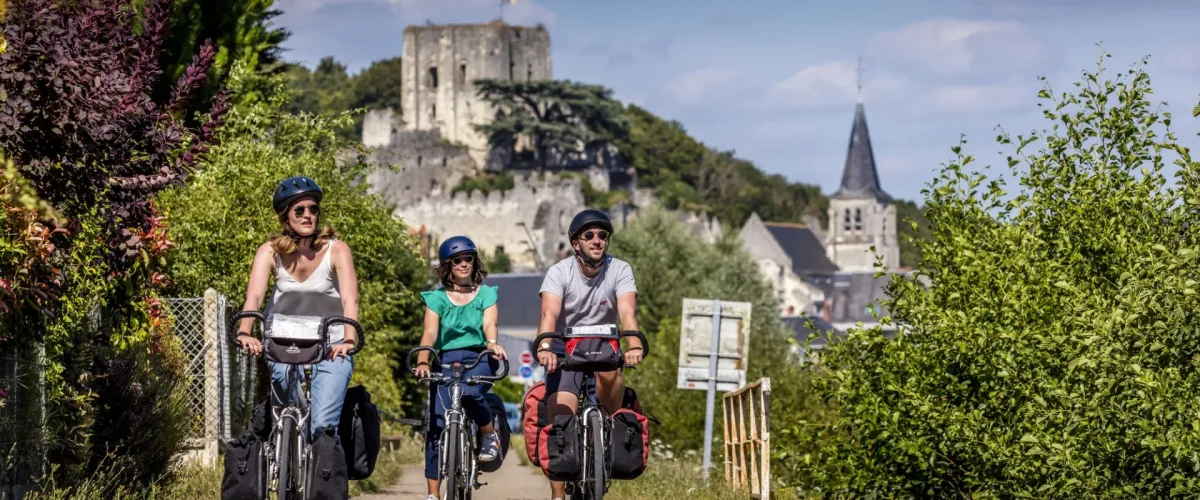Cycling is an excellent way to discover the Loire Valley, in communion with nature, enjoying the peace and quiet…
There are many cycle routes and circuits in the area. Head out for a ride at your own pace, whether for a day trip or longer. Pedal along the royal river and its tributaries, surrounded by vineyards and forests. Discover the great châteaux of the Loire (Chenonceau, Chambord, etc.), lesser-known monuments, cities of art and history (Orléans, Tours, Blois, etc.) and other delightful little villages… As for the logistics side of things, no need to stress! Everything has been carefully thought out to make your life easier, with many service providers bearing the “Accueil Velo” label. You can even take your bike on the Loire à Vélo train… Time to hit the road!
There’s a total of 5,000 kilometres of cycle routes to be enjoyed in total freedom, just you and your bike.
Loire Valley
By bike
Search in progress
Please be patient, we are looking for available offers…
